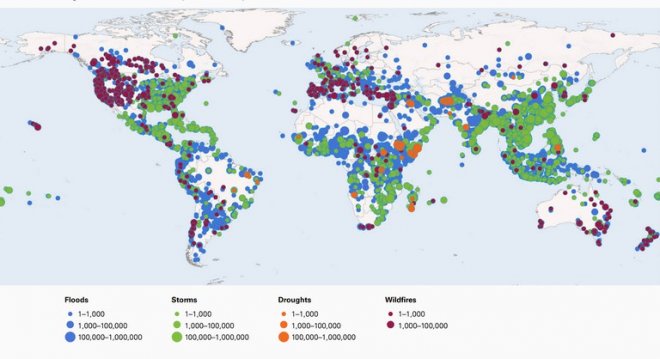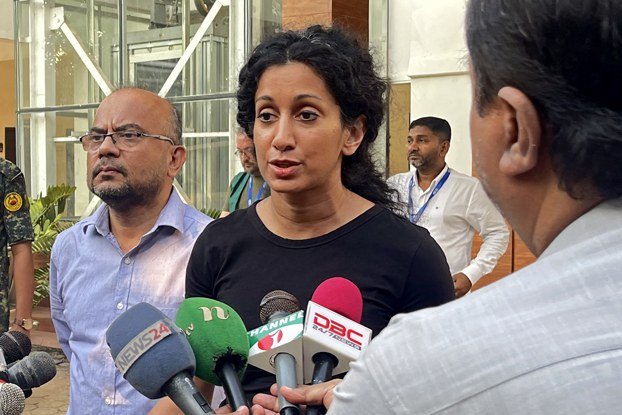Chinese media hit out over pricing talks with Pfizer as COVID-19 cases skyrocket
China’s state-backed media have accused U.S. "capital forces" of profiteering from the current wave of COVID-19, amid an ongoing shortage of antivirals and widespread reports of pneumonia since the lifting of restrictions last month."The U.S. tends to brag about ... its leading and generous role in the battle against the pandemic, [but] U.S. capital forces tend to show their business expansionism and insistence on maximizing their interests," the English-language Global Times newspaper said in a front-page editorial.
"For them, everything can be put on the trading table and profit always comes first."
The financial magazine Caixin quoted unnamed sources as saying that Pfizer hadn"t lowered its price significantly beyond the 1,890 yuan (U.S. $280) it currently charges Chinese hospitals.
Paxlovid hasn"t been included in China"s national medical insurance program, as negotiations between China"s National Healthcare Security Administration (NHSA) and Pfizer "failed because of the drug"s high price," according to the Global Times.
Pfizer chief executive Albert Bourla said on Monday that the company isn"t considering allowing China to make generic Paxlovid, but was currently "in discussions" about the price of the drug.
"We have an agreement already for local manufacturing of [branded] Paxlovid in China," Bourla told a J.P. Morgan healthcare conference. "So we have a local partner that will make Paxlovid for us, and then we will sell it to the Chinese market."
China"s Zhejiang Huahai Pharmaceutical said on Tuesday it was "actively cooperating" with Pfizer to ensure the adequate supply of the drug in the Chinese market, where a single course of Paxlovid is currently changing hands for up to 50,000 yuan (U.S. $7,300), compared with the original price of 2,000 yuan (U.S. $295), Reuters reported.
Meanwhile Pfizer"s Bourla said the company has shipped millions of courses to China since the lifting of disease controls and lockdowns sparked a mass wave of infections and deaths across the country.
 Patients receive IV drip treatment at a community health service center in Shanghai, China, Monday, Jan. 9, 2023. Credit: cnsphoto via Reuters
Patients receive IV drip treatment at a community health service center in Shanghai, China, Monday, Jan. 9, 2023. Credit: cnsphoto via Reuters "You can"t get this anywhere"
"You can"t get this anywhere"A medical devices agent from the eastern Chinese province of Anhui, who gave only the surname Liu for fear of reprisals, said the current shipments will only last a couple of months, however.
"They may have imported millions of courses of the emergency treatment [Paxlovid] in the last batch, but estimates show that will be gone by March 31," Liu said. "You can"t get this medicine anywhere right now, no matter where you look for it."
"There are so many people with severe disease right now -- it took three friends to help source a five-day course of treatment for my father," she said.
Scholar Zhang Guangsheng, who has an in-depth understanding of China"s medical insurance system, said only people in China with official connections can get hold of Paxlovid right now, with the drug beyond the reach of the general public.
He said the negotiations over the price of Paxlovid were misleading, however.
"They wouldn"t buy it even if it were cheaper, because the medical insurance bureau is pretty corrupt and has form when it comes to these kinds of negotiations," Zhang said.
"They will never sign a low-price deal, but they will sign one at a higher price."
"They"re not trying to save money for the government; they"re trying to price-gouge as much as possible from the pockets of the general public," he said.
A healthcare industry insider who gave only the surname Wang said there are competing interests within China, such as the companies that make and sell a Chinese-branded version of the antiviral Azvudine.
"There"s Azvudine and another drug that hasn"t undergone clinical trials yet," Wang said. "There have been several rounds of discussions with Pfizer."
"The Chinese government"s stance has basically been that they can sell their drug [in China] if they agree to share the formula," she said.
Ground-glass opacity
The negotiations come as the central province of Henan estimated that nearly 90% of its population has been infected with COVID-19 during the current wave, amid growing concerns over the high prevalence of ground-glass opacity in pneumonia patients with the disease.
Ground-glass opacity was widely seen in patients during the original outbreak of COVID-19 after it emerged in the central Chinese city of Wuhan in late 2019.
Kan Quan, Henan provincial party chief for health, told a Jan. 9 news conference that the estimated infection rate in urban areas stood at 89.1% on Jan. 6, with rates of 88.9% in rural areas.
Some 8% of cases are developing into pneumonia, according to Jiao Yahui of the National Health Commission.
Jiao said in an interview with state broadcaster CCTV that the estimate was based on data from hospitals and other clinical settings in late 2022.
A healthcare worker in Shanghai who gave only the surname Wang said that local media reports have shown infection rates of at least 70% across China.
"Based on that, and on the 8% [estimate], that means 80 million people in China have developed pneumonia," she said.
She said ground-glass opacity also has far-reaching effects on a person"s health.
"Even after recovery, your lungs will still be fibrotic, making it hard for you to take care of yourself," she said.
Translated by Luisetta Mudie.
[圖擷取自網路,如有疑問請私訊]
|
本篇 |
不想錯過? 請追蹤FB專頁! |
| 喜歡這篇嗎?快分享吧! |
相關文章
AsianNewsCast























